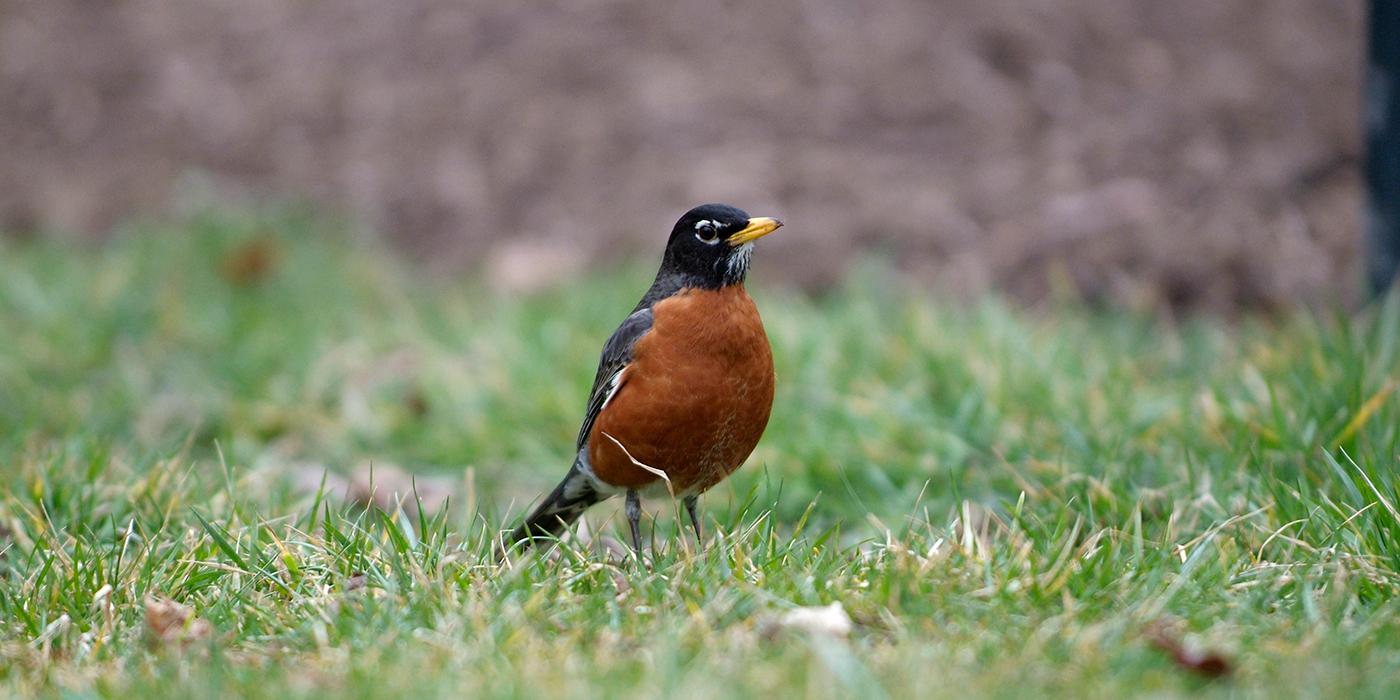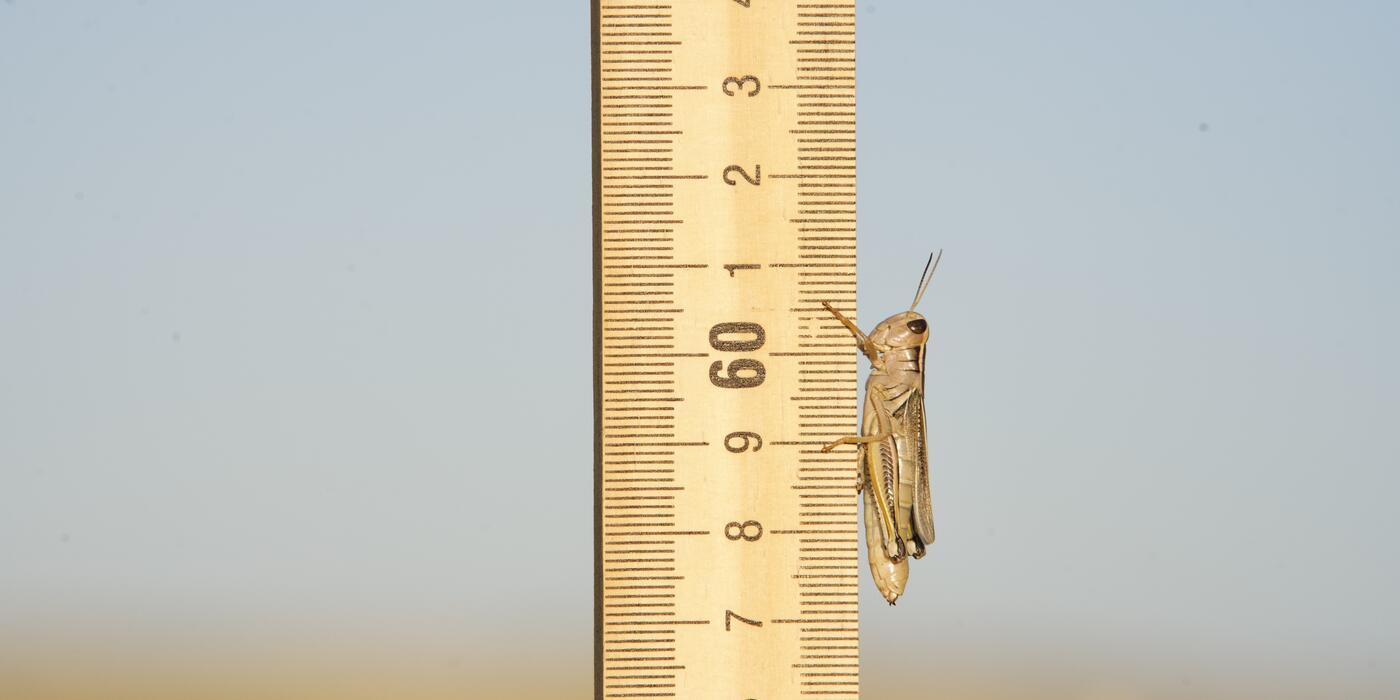Mysterious Bird Deaths in the Mid-Atlantic region
In late April, scientists and the public noticed something odd about the birds in the mid-Atlantic region — a surprising number were exhibiting strange symptoms, such as crusty eyes or shaking heads. The birds were often sick or dying. Smithsonian scientists need your help to figure out why.
Community science can play a crucial role in helping solve the mystery of what’s happening to these birds. The data you collect can help Smithsonian Migratory Bird Center scientists get a handle on the scope of this event. Please report the injured or dead birds that you see in your neighborhood. Read on for more information.
Update 8/30/21: Due to a decrease in the number of cases received over the course of the summer, several regions have now lifted recommendations to cease bird feeding. Before putting out bird feeders, please be sure to check the official guidance for your region. If you decide to put out bird feeders, please be extra vigilant about cleaning your feeders at least once a week with a 10% bleach solution and monitor the birds at your feeders closely to ensure that they do not show signs of illness.
What is happening to these birds?
This is something we as scientists refer to as a mortality event — when a large number of animals die in a relatively short period of time due to what appears to be a common cause. We’re seeing birds exhibit distressing symptoms, including problems with their eyes and possibly their nervous systems. Many birds have been found blind and/or with crusty eyes. They often appear on the ground, confused, with shaky heads, and are sometimes lethargic or unresponsive.
What species of birds are affected?
We’re seeing this across several species of your typical backyard birds: mostly blue jays, common grackles, European starlings, American robins; but also Carolina wrens, gray catbirds, house sparrows, northern cardinals and northern flickers.
So far, it’s been mostly juveniles, but we’re also seeing it in adult birds.
Where is this happening?
Right now, it seems that birds in the mid-Atlantic region are hardest hit. But similar cases have been reported across the country, including Florida, Ohio and other states.
When did this start?
To the best of our knowledge, birds mysteriously started falling ill and dying in April 2021. It seems to have peaked in early June in the mid-Atlantic. We see some indications that the bird deaths are now declining — or at least fewer birds are being brought into local wildlife rehabilitation centers. But it’s still too early to really tell.
What’s killing these birds?
Information updated as of July 12, 2021.
The cause remains a mystery. At the Smithsonian’s National Zoo and Conservation Biology Institute, scientists, veterinarians, and bird experts are working to find out. Laboratories around the country are testing birds for disease and exposure to toxins. Several diseases, such as West Nile virus, avian pox and bird flu, were not found among the sampled birds.
When something like this occurs, we typically look to the environment. A big change in the environment in the Mid-Atlantic region this year has been the emergence of Brood X cicadas. Because birds ate a lot of cicadas this spring, we have been examining how that shift in diet may help or hurt bird populations. While the mortality event largely has the same timing and distribution as Brood X emergence, it appears that it is also occurring in areas without cicada and has continued even though the cicadas are now gone. From what we know now, it is not likely that cicadas contributed to this mortality event.
Testing of specimens has shown that many of the birds have an infection caused by a bacteria called Mycoplasma. Disease caused by Mycoplasma can be highly transmissible and has been a problem for birds in the past. For example, house finch populations were especially hard hit by a Mycoplasma outbreak that began in the 1990s. The neurologic symptoms associated with this mortality event, however, are not entirely consistent with Mycoplasma infection. There is something else going on.
How can I help?
It is always important to clean your bird feeders and bird baths often — at least once every two weeks — but that might not be enough right now. We’re asking everyone to take down their bird feeders and birds baths, per U.S. Geological Survey (USGS) guidance, until further notice.
Be a community scientist! If you find sick or dead birds, please submit your observations using our Sick Wild Bird Report. The information you share — date, location, bird condition, age, species (if you know it), and a photo— will help us better understand the scope of this event. Please provide a separate submission for each bird that you find. We ask that you submit observations even if the cause of injury/death is known (for example, of birds killed by outdoor cats).
What should I do after I submit my report?
If you found a living bird, you will be directed to contact your local wildlife rehabilitation center. Please contact your local wildlife rehabilitator prior to touching the bird.
We ask that you also submit your report to your state. Many states, such as Virginia, have reporting systems in place and are monitoring the situation as well.



